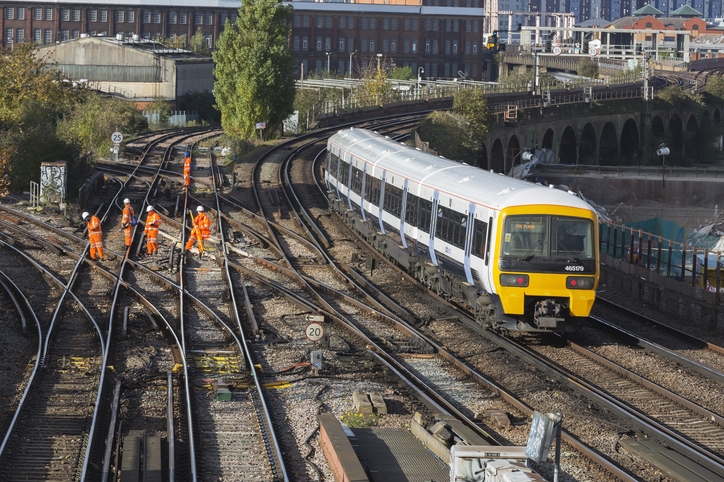When everything is running smoothly on the network, it’s rather like a well-tuned orchestra playing beautiful music in harmony. But it only takes one false note – or unexpected incident – to cause the symphony to fall apart, unleashing a cacophony of disruption.
Within a very short time you are up against dangerously crowded platforms, passengers in stranded trains and commuters firing off angry social media posts.
It might not be possible to eliminate those unexpected incidents completely, but if everyone has the information they need at their fingertips, controllers can make informed decisions about the service, and customer information teams can keep passengers updated about their journey.
- Access all your network information from one place
One of the key challenges for control room staff is accessing the latest and most accurate information quickly enough for it to be useful.
If you’re having to check multiple sources such as live information feeds and incident reporting systems for updates, there’s a risk you could miss that vital detail which might have helped to ease disruption before it started to escalate.
An information management system can help by bringing all the information you need into one single live feed for your team, so you can be sure you have the most accurate and up-to-date picture of what is happening on the network.
For instance, knowing exactly when the maintenance team has removed a fallen tree from the track, or the engineers have finished working on a broken rail could help controllers decide whether to run a service or cancel it.
- Ease the impact of disruption for passengers
Real-time information can help to alleviate the domino effect of disruption which often sees passengers affected by incidents which happened much earlier in the day and have since been resolved.
For example, if three trains have been cancelled in a row, passengers who would normally wait fifteen minutes for the next train are now having to wait for an hour. Crowds are building up and complaints are mounting, even though your earlier issue has been sorted out.
Having a system which monitors the service gaps created by delays or cancellations can help operators alleviate the impact on passengers. It might be possible to schedule a fast train to make an additional stop at that station so passengers can continue their journey without the long wait.
- Monitor the status of specific trains
Technology can also help when there are stranded trains on the network.
When a train is held between stations and passengers have little or no information about what’s happening, you’re faced with a serious safety risk. Particularly if passengers start to leave the train and walk along the tracks.
If a train comes to an unexpected halt between locations, an information management system can automatically alert the relevant people so steps can be taken to keep passengers safe and informed.
Operators can also use an information management system to monitor priority trains.
If you know, for instance, there’s a disrupted train with a large school party on board, there’s the option to monitor that specific train. It also gives you the opportunity to get a message out to the station controller to warn them there might be a large number of children out on the platforms.
- Capture and share information with passengers
While an information management system can help to shape critical decision-making about the service, it is also a vital tool in passenger communications.
Having one source of the truth is important in keeping all the links in the information chain working together, so your controllers, train crew and customer information staff can share information and get the right messages out to passengers.
An information management system helps by capturing all the data about an incident and gives you the option to categorise messages by service or location using a hashtag, and to timestamp messages you post on social media. It also keeps all the communications your teams create about that incident and logs it in chronological order.
This gives operators a complete report of each incident, so you can review your internal communications as well as the information which was relayed to passengers.
This automated record keeping is important when you’re looking back at how an incident was managed to see if anything could be improved next time. Not only does this provide a useful audit trail when addressing feedback from passengers, it also helps operators meet passenger information targets set by the Office of Rail and Road (ORR).
An information management system gives operators clearer insight into what is happening on the network in real-time, while accurate records of how incidents are managed, can drive long term improvements.
With everyone in the loop, you can restore harmony to your service as quickly as possible, which is music to your passengers’ ears.
Find out how RailSmart Information Management System (IMS) keeps everyone updated on the network.
Book a demo and get a hands-on product demonstration from the 3Squared team.
